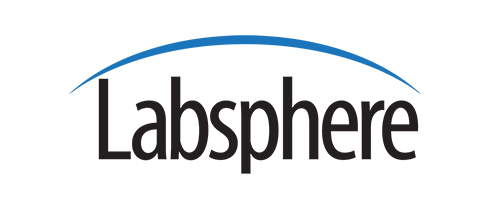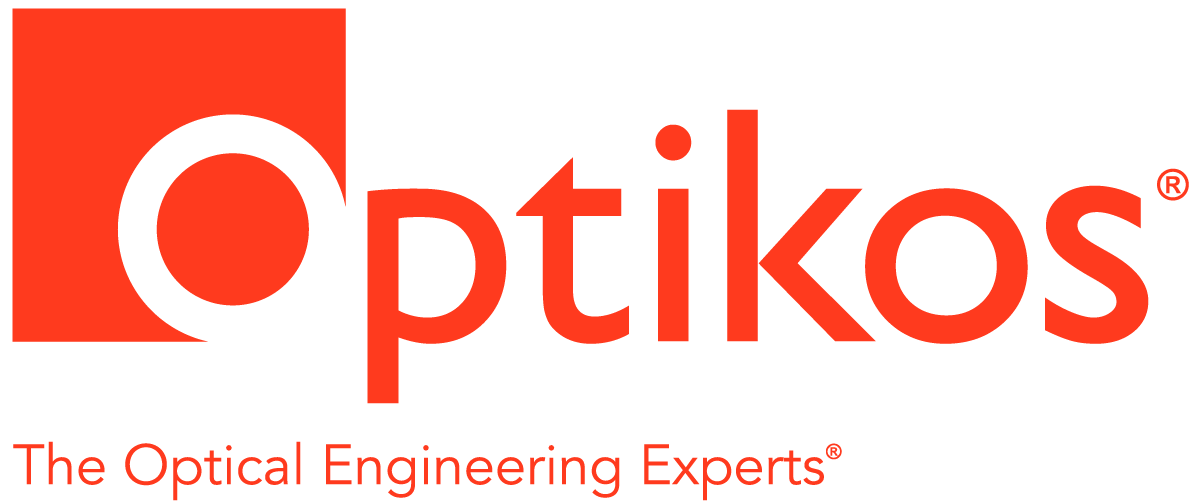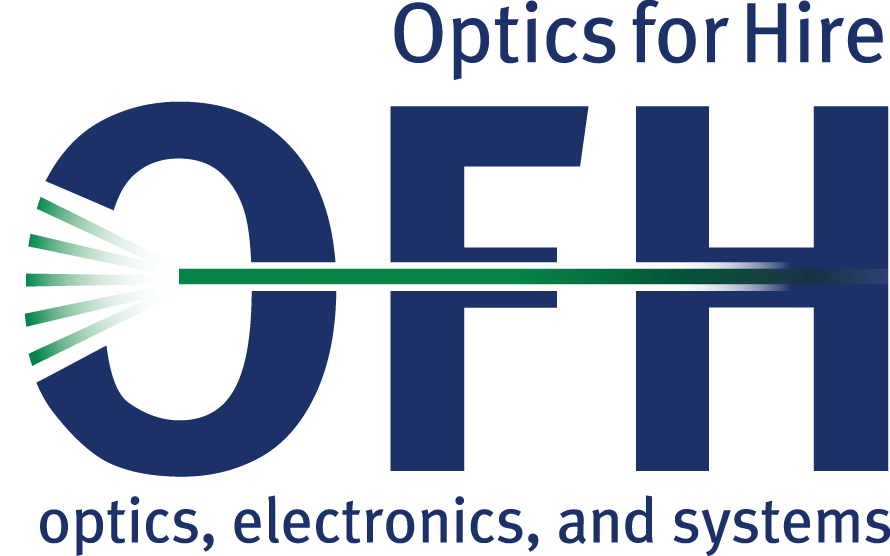Three Talks at the Media Lab
This meeting will be held at MIT Media Lab in Cambridge, MA.
The program includes the following speakers.
Molecular Reagents for Precision Optical Control of Neural Computation
We have a very detailed but static picture of the brain - from the anatomy of regions to that of cell types down to subcellular localization of individual proteins. This static picture describe the brain’s potential. What the brain does (process information, drive behavior) however, is conferred, not by the static anatomy of a blueprint, but by the activity of chemically and electrically excitable cells and their dynamic interactions. Fundamentally, this is the essence of neurobiology. It defines our human existence: sensation, learning, memory and coordinated motion.Daniel Schmidt
Daniel Schmidt is a postdoctoral associate in the Synthetic Neurobiology research group at the MIT Media Lab. His research aims to develop novel optogenetic reagents for precision control of excitable cells in the brain. Daniel recently received his Ph.D. in biophysics from Rockefeller University as a David Baltimore Fellow, where he discovered the origin of cationic gating charges in ion channel voltage sensors. Before, he received a Boehringer Ingelheim Fonds Predoctorol Fellowship in 2006.
Camera Culture
Andreas Velten and Ramesh Raskar
Ramesh Raskar joined the Media Lab from Mitsubishi Electric Research Laboratories in 2008 as head of the Lab’s Camera Culture research group. His research interests span the fields of computational photography, inverse problems in imaging and human-computer interaction. In 2004, Raskar received the TR100 Award from Technology Review, which recognizes top young innovators under the age of 35, and in 2003, the Global Indus Technovator Award, instituted at MIT to recognize the top 20 Indian technology innovators worldwide. In 2009, he was awarded a Sloan Research Fellowship. He holds 40 US patents and has received four Mitsubishi Electric Invention Awards. He is currently co-authoring a book on Computational Photography.
Moving Holographic TV from the Lab to Your Living Room
V. Michael Bove, Jr
Reservations:
DINNER reservations are required by 6 PM, October 17, 2010, the Sunday of the meeting. MEETING ONLY reservations are required by noon, October 19, 2010, the Tuesday of the meeting.
Please make reservations online. Reservations may also be left on the answering machine at 617.584.0266. We no longer have an email address for reservations due to SPAM. When making reservation requests, please provide the following information:
- DINNER AND MEETING or meeting only
- Name(s) and membership status
- Daytime phone number where you can be reached (in case of change or cancellation)
Location:
Silverman Skyline (6th Floor)
MIT Media Laboratory
MIT Building E14 [map]
77 Massachusetts Avenue
Cambridge, MA 02139
Parking:
Visitors to MIT can park after 5:00 pm for free in several MIT parking lots, as well as on local streets. The Media Lab is located at 20 Ames St, Cambridge (MIT Building E15). The best parking lots for this location are the Hayward St. lot (just off Main St. in Kendall Square between Amherst and Main Sts.) or the Tang Center lot on Amherst St (near Wadsworth St and MIT Sloan School). The Media Lab is reached by walking west on Amherst and then turning right on Ames. Memorial Drive also has plenty of on-street spaces which open up after work hours. There are also parking garages for pay in Kendall Square. Further details on parking can be found at MIT Parking .
Networking—5:30 PM, Dinner—6:30, Meeting—7:20 PM.
Menu:
Dinner will include --- and coffee, tea, or milk.
Vegetarian option available on request
Dinner Prices:
|
Register on/before DINNER Reservation Date |
Late Reservation or at the door |
|
| NES/OSA Members and their guests | $25.00 each | $30.00 |
| Students | $15.00 | $15.00 |
| Non-members | $30.00 (See NOTE Below) | $35.00 |
NOTE: The NES/OSA has not changed dinner prices in several years but has been facing higher costs. We will maintain the current dinner prices for those reserving dinner on the requested date but still try to accommodate late reservations.
General Information on NES/OSA Meetings
Cancellations and No-shows:If the meeting must be canceled for any reason, we will try to call you at the phone number you leave with your reservation. Official notice of cancellation will be on our answering machine.
We have to pay for the dinners reserved as of the Tuesday before the meeting, so no-shows eat into our cash reserve. If you will not be able to attend, please let us know as early as possible. Otherwise, no-shows will be billed.
Membership Rates:
| Regular members | $15.00 |
| Student members | free |
NOTE: The extra $5.00 of the non-member dinner fee can be used toward membership dues if the nonmember joins and pays dues for the current year at the meeting.



